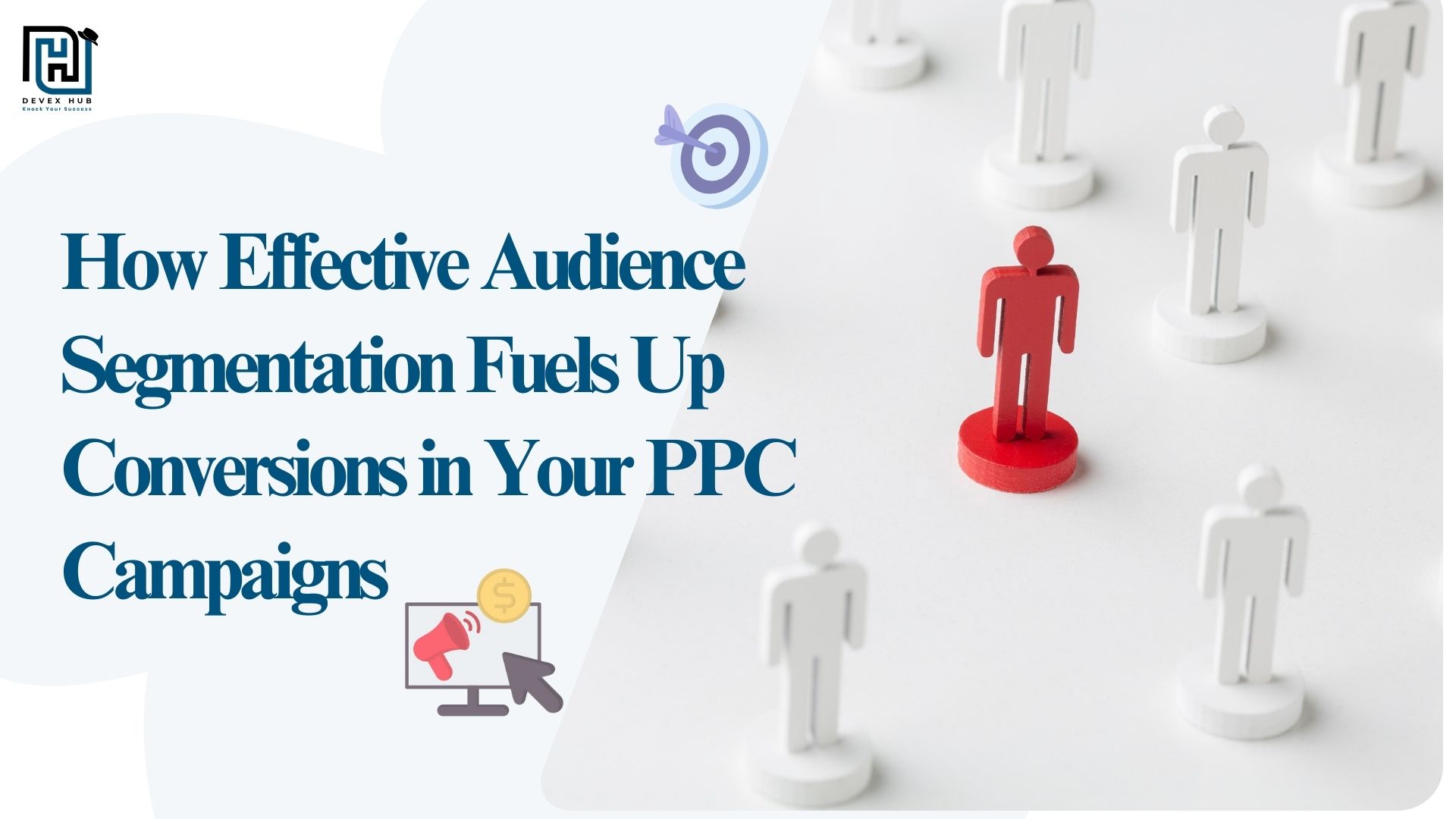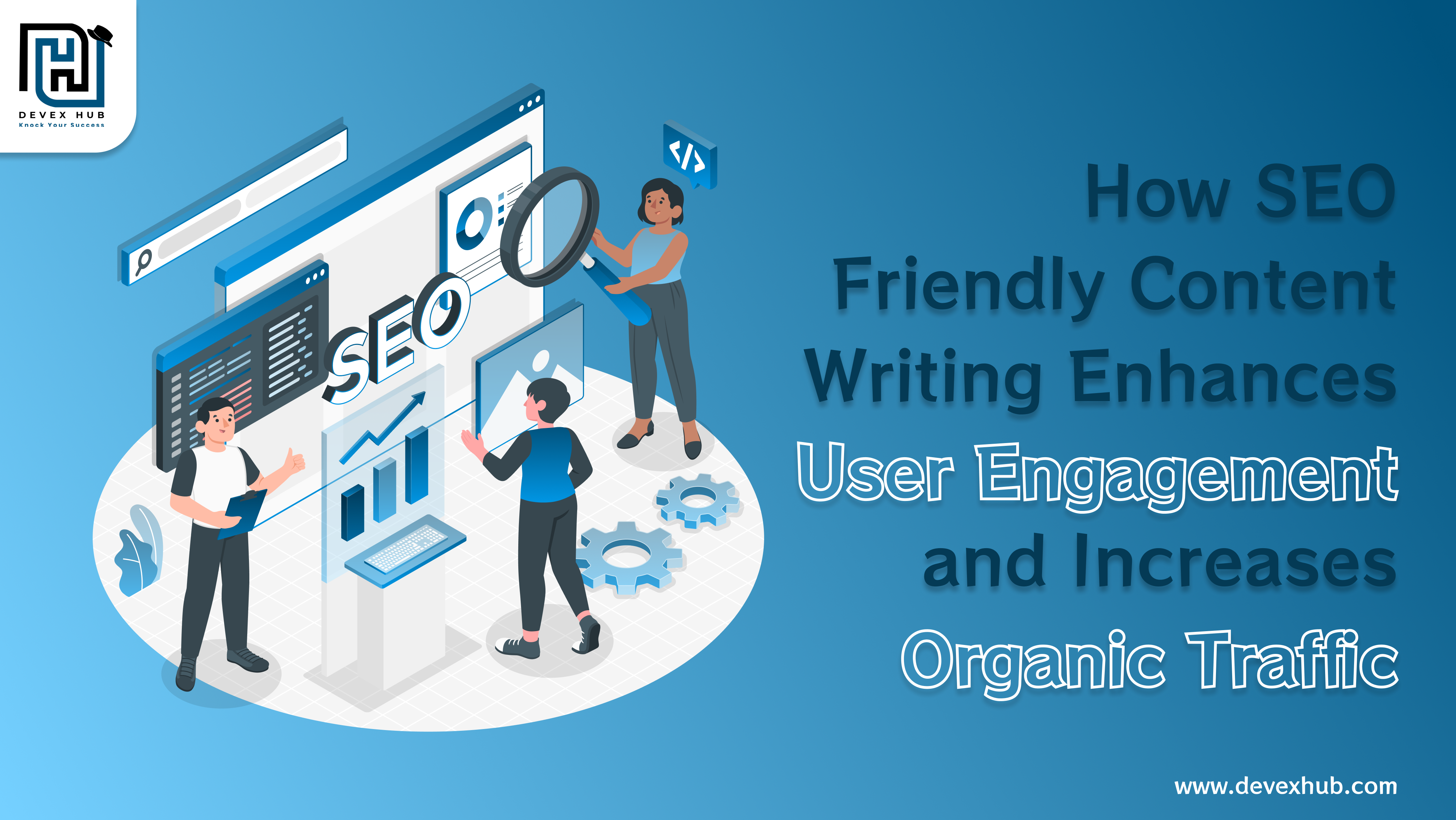Leading PPC Company in India: Transform Your Campaigns with Audience Segmentation

How Effective Audience Segmentation Fuels Conversions in Your PPC Campaigns
Pay-Per-Click (PPC) advertising has become the go-to tool for both new startups and established businesses to connect with potential customers online. It's not just about reaching new customers but also re-engaging with previous ones. However, a successful PPC campaign hinges on reaching the right audience at the right time. Otherwise, you're just throwing money away.
Think of it like setting a trap for a specific type of fish, but instead, you end up catching all sorts of unwanted creatures. That's what generic PPC campaigns often do – they might attract some attention, but most of it won't be from people interested in what you're offering.
To overcome this, audience segmentation is key. By dividing your target audience into smaller groups based on similar characteristics, you can create ads that really speak to each group, increasing the chances of getting conversions, like sales or signups.
That's why many startups and established companies in India turn to reliable PPC company in India. These agencies have experienced managers who work closely with clients to develop customized solutions that fit their needs, requirements, and budgets. A solid keyword strategy combined with effective audience segmentation can make all the difference in your PPC advertising efforts.
Understanding Audience Segmentation
It's the process of breaking down your broad target audience into smaller, more focused groups based on specific criteria. This allows you to tailor your PPC campaigns to the unique needs and interests of each segment, leading to a much higher chance of success.
Here are the three universal main types of segmentation methods used in PPC company in India:
- Demographic Segmentation: This focuses on basic characteristics like age, gender, income level, location, and education. For example, if you sell athletic wear, you might target a segment of young adults (18-35) interested in fitness.
- Behavioral Segmentation: This dives deeper, looking at how users interact with your website or app. This includes past purchases, browsing history, abandoned carts, and even how long they spend on certain pages.
- Psychographic Segmentation: This goes beyond demographics and behavior, focusing on users' values, interests, and lifestyles. It helps you understand their motivations and pain points. Let's say you offer sustainable clothing. You could target a segment of people interested in eco-friendly products with ads highlighting your brand's commitment to environmental responsibility.
Each segmentation method offers valuable insights to inform your PPC strategy. The best approach often involves a combination of these methods to create highly targeted audience segments.
How to Create and Use Audience Segmentation Data for PPC Campaigns
Now that you understand the different types of segmentation, here's how to create and use this data for your PPC campaigns:
- Define Your Ideal Customer Persona: Before diving into segmentation, get a clear picture of your ideal customer. Ask yourself: Who are they? What are their needs and wants? What problems do they face? Develop a detailed profile based on market research, customer surveys, and website analytics.
- Choose Your Segmentation Methods: Based on your ideal customer persona and campaign goals, select the segmentation methods that will provide the most relevant information. Let's say you sell educational software. You might prioritize demographic segmentation (age and education level) and behavioral segmentation (past downloads or course enrollments) over psychographics.
- Gather Your Data: Leverage all the data you have access to! This includes website analytics (Google Analytics), social media insights (Facebook Ads Insights), and customer surveys. Many PPC platforms like Google Ads and social media platforms also offer audience building tools that allow you to create custom audiences based on your existing customer base or website visitors.
- Utilize the Data: Once you have your audience segments, it's time to put them into action! Create separate ad groups within your PPC campaigns for each segment. This allows you to tailor your ad copy, keywords, and landing pages to the specific interests and needs of each group. For example, your ads targeting parents of young children might emphasize the educational benefits of your software, while ads targeting college students might focus on career preparation features.
While you can come up with a strategy on your own, putting it into action requires ongoing data analysis, thorough market research, using data to make decisions, evaluating strengths, weaknesses, opportunities, and threats, experimenting with different approaches, and more. That's where hiring marketers comes in handy.
To excel in this situation, Devex Hub, the top PPC company in India, is here to help. Established in 2018, we've quickly gained a reputation as a reliable software company, offering web development, web design, and mobile app services globally. Get in touch with us and boost your PPC efforts without breaking the bank.
The Power of Segmentation for Conversions
By implementing audience segmentation, you unlock several powerful benefits for your PPC campaigns:
- Increased Relevance: Imagine showing an ad for luxury watches to someone searching for affordable fitness trackers. It wouldn't be effective, right? Segmentation allows you to display highly relevant ads to each audience segment, grabbing their attention and sparking interest.
- Higher Click-Through Rates (CTR): When your ads resonate with a specific audience, they're more likely to click on them. Relevant ads are like magnets, attracting people who are genuinely interested in what you offer.
- Improved Conversion Rates: By speaking directly to the needs and pain points of each audience segment, your call to action (CTA) becomes much more compelling. Imagine offering free recipes to people interested in healthy cooking or showcasing the latest gaming laptops to tech enthusiasts. These targeted messages are much more likely to convert into sales, signups, or whatever your desired action might be.
- Cost-Saving Efficiency: Generic PPC campaigns can be expensive, reaching a large audience with a low conversion rate. Segmentation allows you to focus your budget on high-potential audience segments, maximizing your return on investment (ROI).
Implementing a Winning Segmentation Strategy
Now that you're convinced of the power of segmentation, here's how to put it into action:
- Start Small and Refine: Don't try to tackle too many segments at once. Begin with a few well-defined groups based on your initial research. As you gather campaign data, you can analyze which segments perform best and refine your targeting accordingly.
- Embrace Long-Tail Keywords: Generic keywords with high competition can be expensive and less effective. Focus on long-tail keywords that are specific to each audience segment's needs. For example, instead of targeting "running shoes," target "women's cushioned running shoes for long distances."
- Personalize Your Ad Copy: Write compelling ad copy that speaks directly to each audience segment. Use language and examples that resonate with their interests and pain points. Highlight the specific benefits your product or service offers to that particular group.
- Monitor and Analyze: PPC is all about data-driven optimization. Continuously monitor your campaign performance for each segment. Identify which ads receive the highest clicks and conversions. Analyze which segments deliver the best results. Use this data to refine your targeting, adjust your ad copy, and ultimately optimize your campaigns for maximum success.
Conclusion
You can easily turn a generic PPC campaign into a laser-focused one that attracts the right audience and boosts conversions using audience segmentation. Remember, this strategy is ongoing. As you gather more data and learn about your audience, keep refining your approach for better results. To improve your PPC campaign, focus on important metrics based on your goals and requirements. By doing this, you'll see the power of targeted advertising firsthand. With some planning and effort, you can unleash the full potential of PPC advertising and reach your marketing objectives.
If you need consultancy for your startup or small business, don't hesitate to reach out to us. We're the top PPC company in India, offering services globally. Contact us at 9875 905 952 or info@devexhub.com. Take advantage of our quick consultancy to grow your business.
Let's elevate your marketing game together!

.png)
.png)
 (1).png)

.png)
Comments
Post a Comment